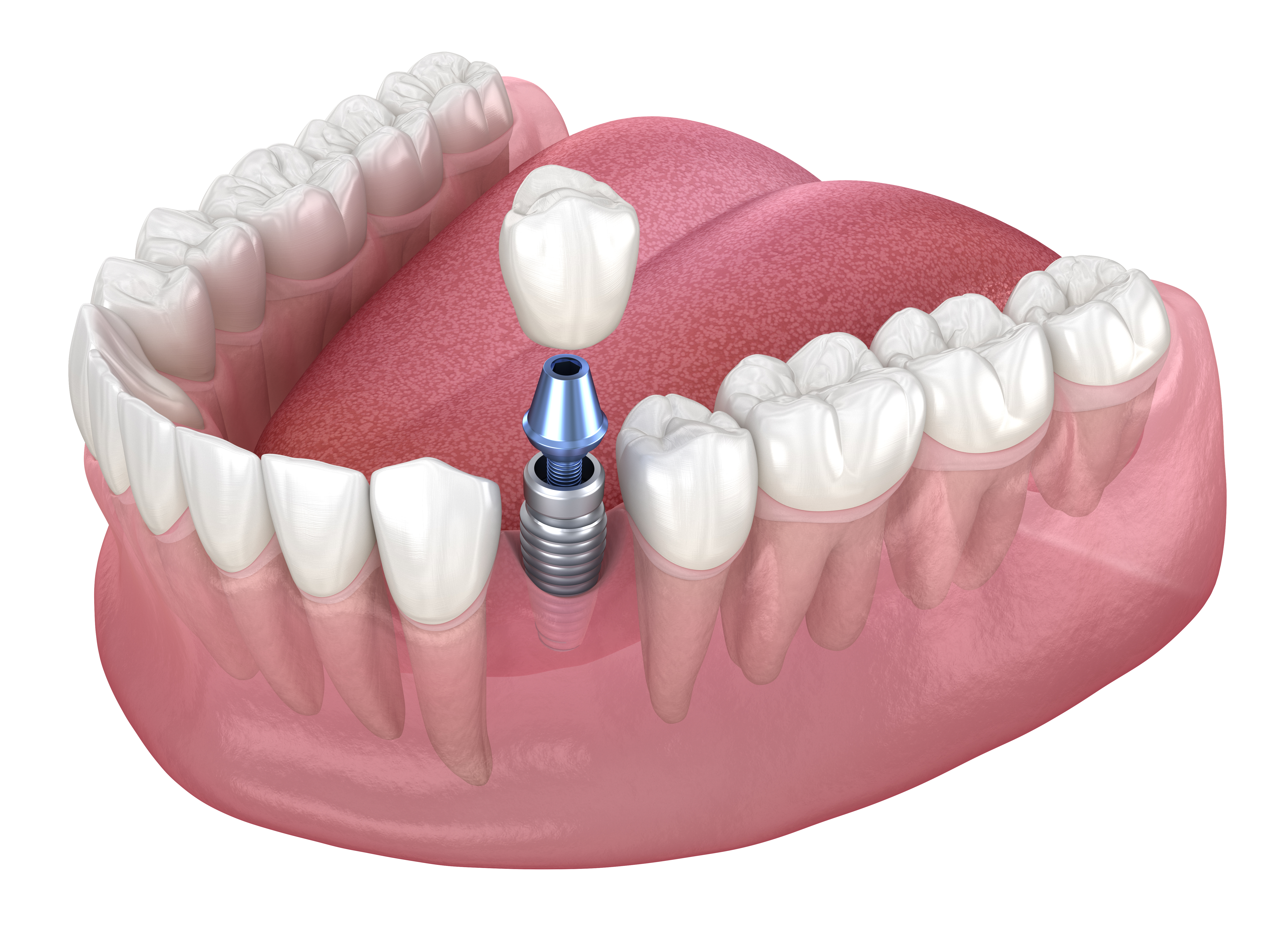Alternatives to Dentures for Replacing Missing Teeth
Losing one or more teeth can affect chewing, speech, and confidence, but dentures are not the only option. This article outlines common dental alternatives — from bridges to implants — and explains how each approach works, who may qualify, and what to consider for long-term mouth health.

This article is for informational purposes only and should not be considered medical advice. Please consult a qualified healthcare professional for personalized guidance and treatment.
What are dental implants and who are they for?
Dental implants are titanium posts surgically placed into the jawbone to act as artificial tooth roots. A crown, bridge, or denture can be attached to implants to restore one or many missing teeth. Implants preserve jawbone by transmitting chewing forces and tend to feel and function like natural teeth. Candidates typically need sufficient bone and good gum health; smokers, people with uncontrolled diabetes, or those on certain medications may require additional evaluation. A dental specialist will assess bone volume, overall health, and mouth hygiene to determine candidacy.
How do dental bridges compare to dentures?
Dental bridges are fixed prostheses that replace one or several adjacent missing teeth by anchoring to neighboring teeth or implants. Unlike removable dentures, bridges are cemented in place and avoid covering large areas of the palate or gums. Bridges can be made from porcelain, ceramic, or metal-ceramic combinations and usually require reshaping of abutment teeth. They are often faster to complete than implant restorations but may transfer more stress to supporting teeth. Long-term success depends on oral hygiene and the health of the abutment teeth.
When are partial dentures or removable options used?
Partial dentures are removable appliances that replace several missing teeth in one arch and clasp to remaining natural teeth. Full removable dentures restore an entire upper or lower arch when no natural teeth remain. Removable options are often chosen when immediate replacement is needed, when bone quality is insufficient for implants, or for budget and medical reasons. They can restore appearance and basic chewing, but may require periodic adjustments, adhesives, and patient training to improve fit and comfort in the mouth.
What are implant-supported overdentures?
Implant-supported overdentures combine implants and removable prosthetics: a denture snaps onto two or more implants for stability while remaining removable for cleaning. This option improves chewing efficiency and reduces denture movement compared with conventional removable dentures. Overdentures can be a middle ground for people who want improved function but either need or prefer a removable prosthesis. Treatment planning includes assessing implant placement, jawbone condition, and maintenance routines to keep the mouth healthy and the attachments functioning.
How does mouth health affect choice of replacement?
Oral conditions such as gum disease (periodontitis), bone loss, and chronic dry mouth affect which replacement is appropriate. Successful dental implants require sufficient, healthy bone; bridges depend on strong neighboring teeth; and dentures require a stable gum and ridge shape for best fit. Systemic health, medication use, and smoking status also influence outcomes. Discussing options with local services, including general dentists, prosthodontists, or oral surgeons, will help match a treatment to your health profile and lifestyle. Pre-treatment steps often include periodontal therapy, bone grafting, or tooth extractions to create an optimal foundation.
Conclusion
There are several alternatives to dentures for replacing missing teeth — dental implants, fixed bridges, partial or full removable dentures, and implant-supported overdentures — each with distinct benefits, risks, and maintenance needs. Choice depends on mouth and bone health, medical history, functional goals, and personal preference. A careful dental evaluation will identify which options are suitable and outline any preparatory treatments needed to support a durable, comfortable restoration.






